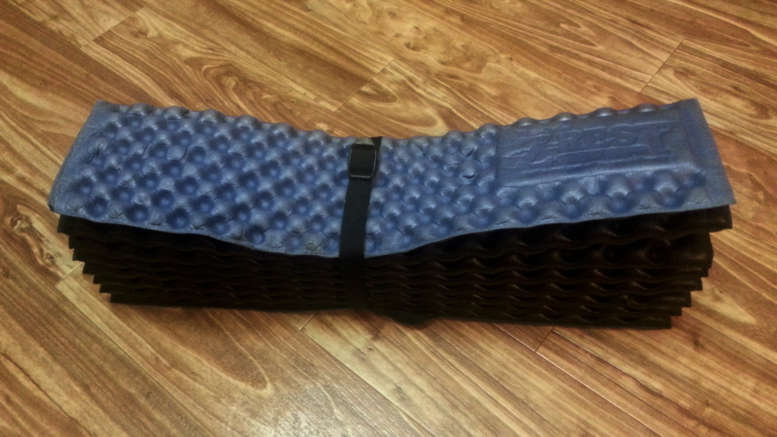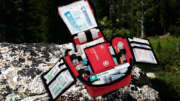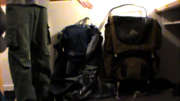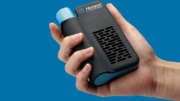In this video by Sierra Trading Post, John gives a great review of the general different types of sleeping pads available for backpacking. John mentions there are two main purposes for using a pad:
- To provide some cushioning from the hard ground to improve your nights’ sleep
- To provide some insulation from the ground to help you retain some body heat
Closed Cell Foam Sleeping Pad
Advantages are they are very lightweight, inexpensive, provide some insulation and they are very durable. In addition from what John notes, they also work well as a makeshift float pad in a lake, and work as a nice cushion to sit on throughout the day.
John states that the disadvantages are that it is somewhat bulky and cushion factor is limited.
Inflatable Sleeping Pads
Inflatable Sleeping Pads are essentially nylon shells that are filled with air. The advantage is they are lightweight, can compact down very small in size, and can provide up to a couple inches of air padding for cushion which also gives much more insulation. Disadvantages include the fact they can can take a decent amount of effort to blow up and they can puncture easily, but not too difficult to fix with a repair kit.
If the time/effort to blow up one of these inflatable pads is a deal-breaker, check out the Windcatcher Sleeping Pad which amazingly blows up with just a few breaths!
Self-Inflating Sleeping Pad
Self-inflating sleeping pads also have a nylon shell, but also filled with an open cell foam core. Advantages include that it’s self-inflating as the name suggests. Also relatively lightweight and some models can pack somewhat compact, but not quite as much as the inflatable pads mentioned earlier. These pads also provide good cushion and insulation. Drawbacks are that some models can be somewhat bulky, and these pads can be punctured as well, although should be easy to fix with a repair kit.






